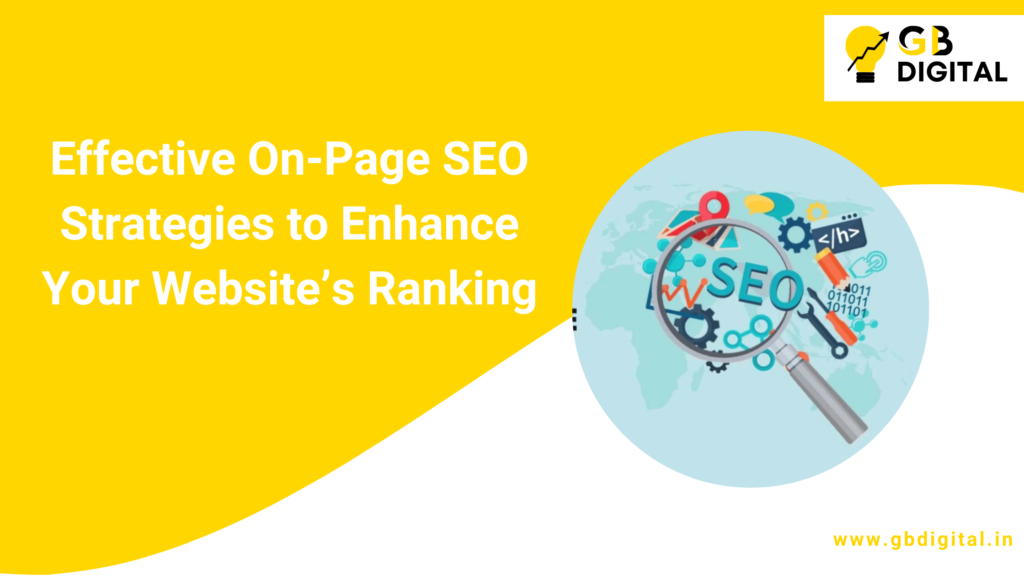In the ever-evolving world of digital marketing, staying ahead of the competition requires more than just great content. Implementing effective On-Page SEO Strategies is crucial to ensure your website ranks high on search engines like Google. On-page SEO focuses on optimizing individual web pages to improve their visibility and attract more organic traffic. In this blog, we’ll dive into the essential strategies that can help enhance your website’s ranking and overall performance.
Conduct Thorough Keyword Research
Before you start optimizing your web pages, it’s essential to understand what your audience is searching for. Conducting keyword research is the foundation of any successful On-Page SEO Strategy. Use tools like Google Keyword Planner, Ahrefs, or SEMrush to identify relevant keywords with high search volume and low competition. Once you have a list of target keywords, you can strategically incorporate them into your content.
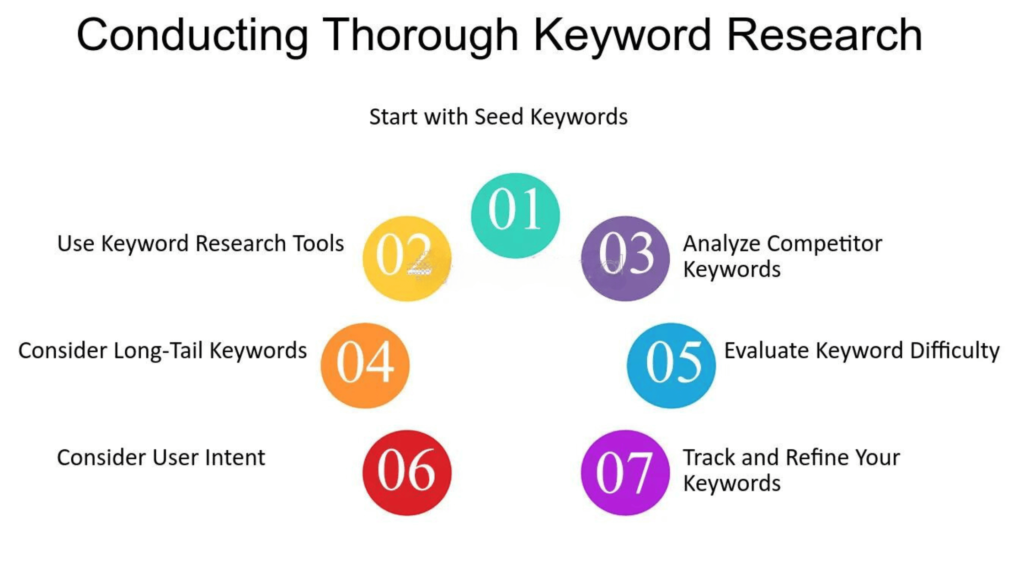
Optimize Title Tags and Meta Descriptions
Title tags and meta descriptions are crucial elements of On-Page SEO. Your title tag should include the primary keyword and be under 60 characters to ensure it displays correctly in search results. The meta description, on the other hand, should provide a brief overview of the page’s content, include the keyword, and be within 155 characters. An optimized title tag and meta description not only improve click-through rates (CTR) but also provide search engines with essential information about your page.
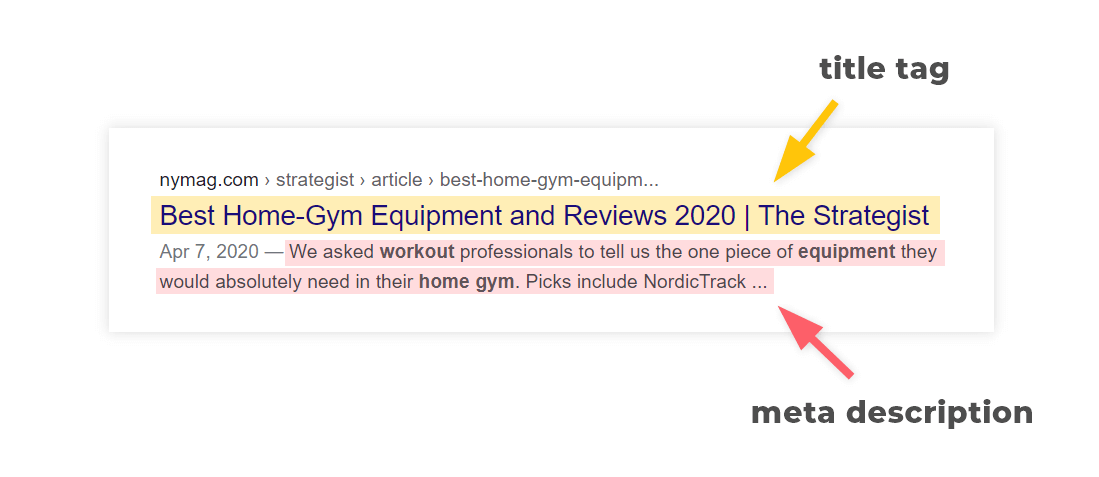
Use Header Tags Effectively
Header tags (H1, H2, H3, etc.) are used to structure your content and make it easier for both users and search engines to understand. The H1 tag should contain your primary keyword and represent the main topic of the page. Subheadings (H2, H3, etc.) should be used to break down the content into digestible sections, each targeting relevant secondary keywords. This hierarchical structure enhances readability and SEO.
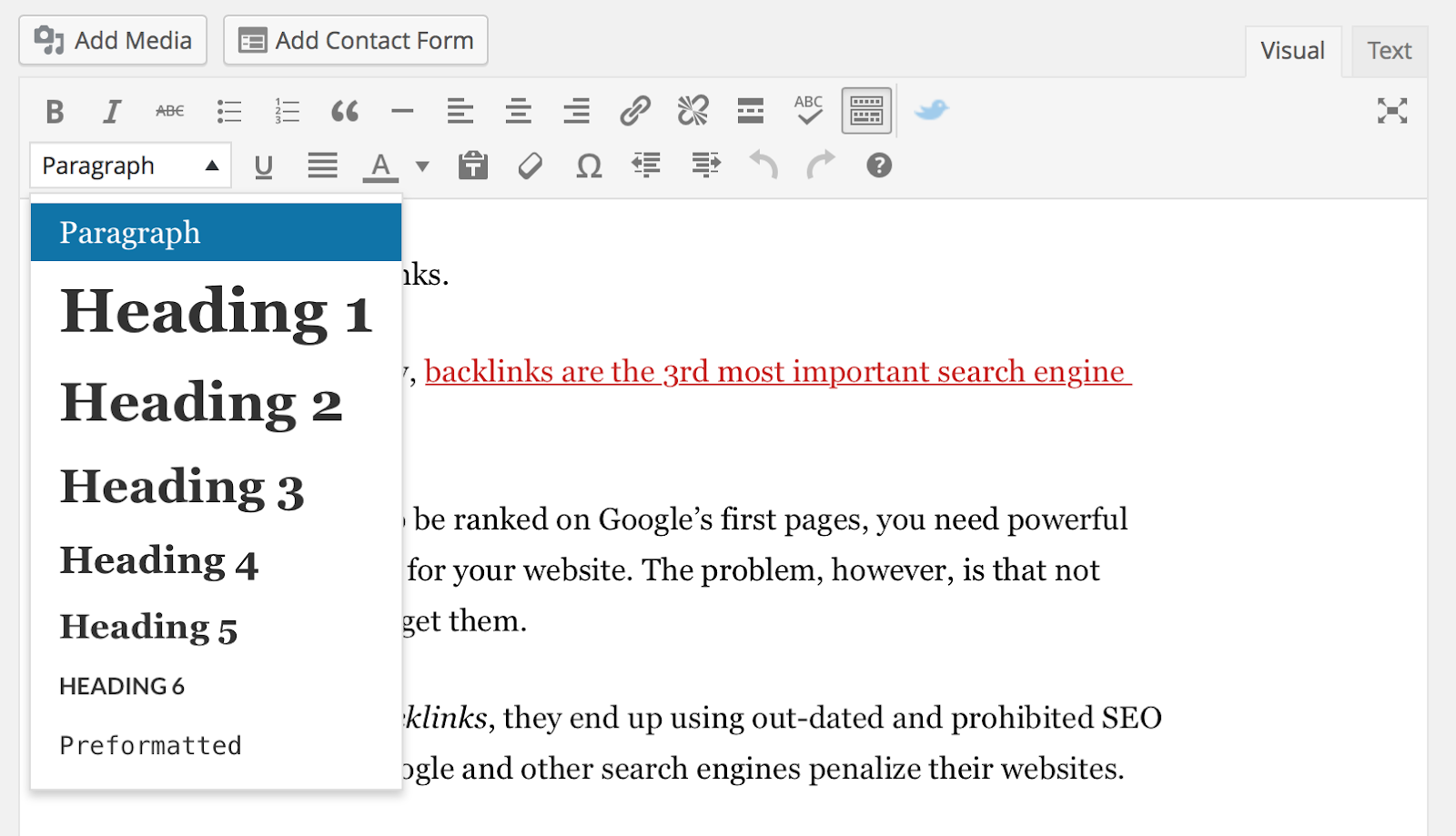
Optimize Your Content for Keywords
Incorporating keywords naturally into your content is a critical aspect of On-Page SEO Strategies. Avoid keyword stuffing, which can lead to penalties from search engines. Instead, focus on creating high-quality, informative content that naturally includes your target keywords. Aim for a keyword density of around 1-2%, and ensure that the primary keyword appears in the first 100 words of your content.
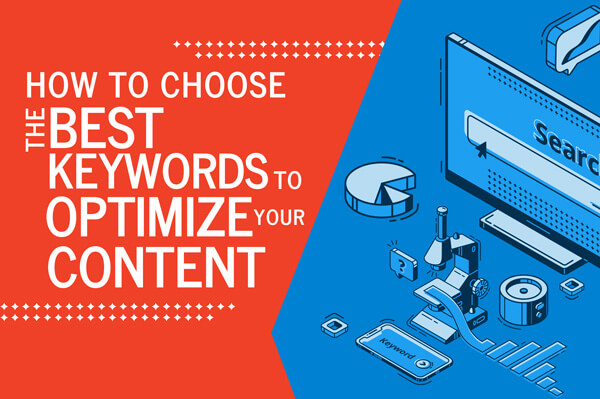
Enhance User Experience (UX)
Google places significant importance on user experience when ranking websites. A positive UX can reduce bounce rates and increase the time users spend on your site. To improve UX, ensure your website is mobile-friendly, has fast loading times, and features a clean, intuitive design. Additionally, use clear calls to action (CTAs) and make navigation straightforward to guide users through your content.

Optimize Images and Multimedia
Images and multimedia can significantly enhance the user experience, but they need to be optimized for SEO. Use descriptive file names and include relevant keywords in the alt text of your images. Compress images to reduce file size and improve page loading speed. Additionally, consider adding video content with relevant keywords in the title and description to further engage users and improve SEO.

Implement Internal Linking
Internal linking is a powerful On-Page SEO Strategy that helps search engines understand the structure of your website and establish a hierarchy of importance among your pages. Link related content to guide users to other valuable pages on your site. Use keyword-rich anchor text to make the links more relevant to search engines and users.
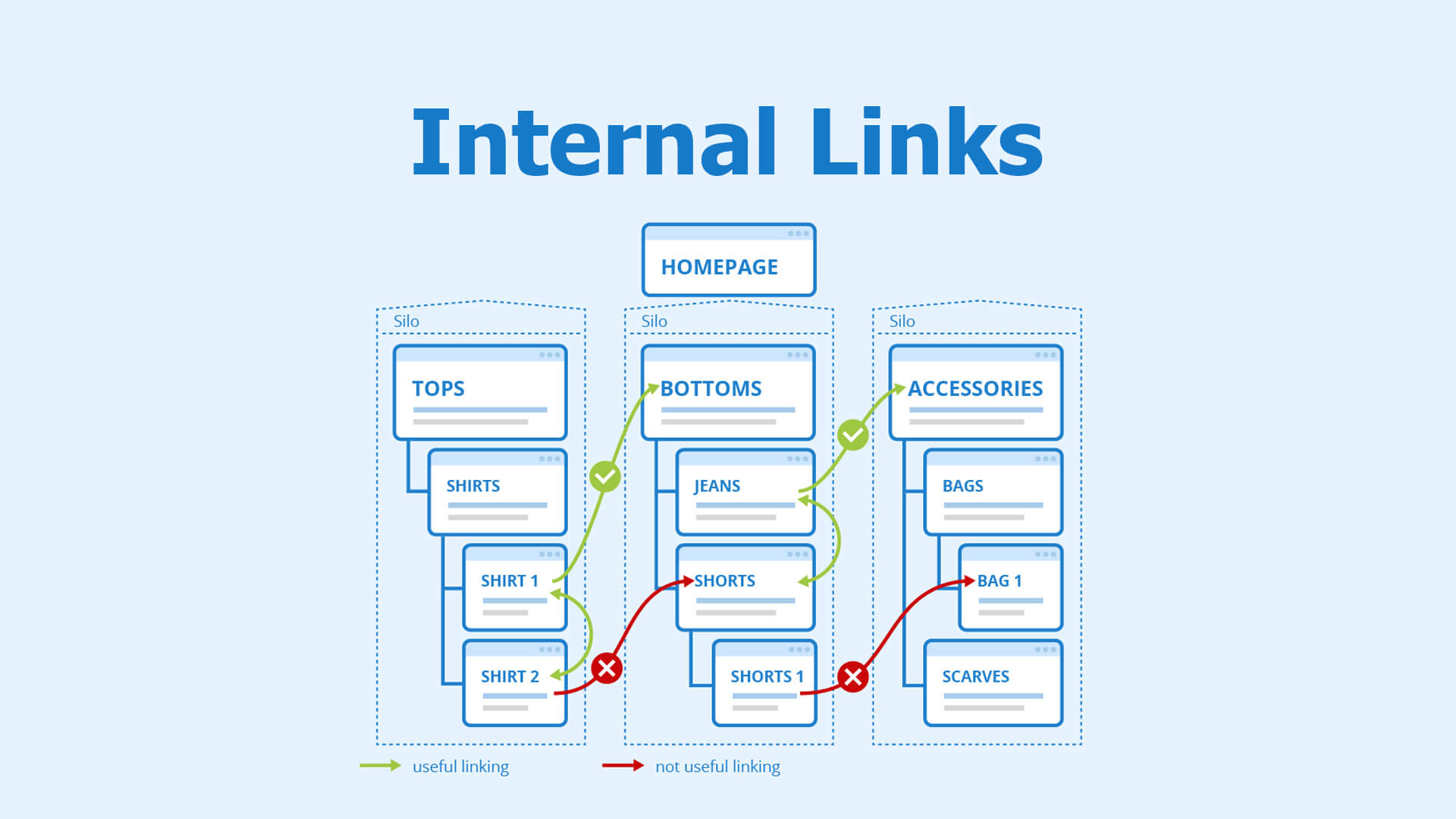
Ensure Your Website is Mobile-Friendly
With the majority of users now accessing websites via mobile devices, having a mobile-friendly website is no longer optional. Google’s mobile-first indexing means that the mobile version of your site is considered the primary version. Ensure your website is responsive and provides a seamless experience across all devices to improve your ranking.

Improve Page Loading Speed
Page loading speed is a critical factor in both user experience and SEO. Slow-loading pages can frustrate users and lead to higher bounce rates. Use tools like Google PageSpeed Insights to identify areas for improvement, such as image optimization, reducing server response time, and leveraging browser caching. A faster website leads to better rankings and increased user satisfaction.

Create High-Quality, Engaging Content
Content is king when it comes to On-Page SEO. Creating high-quality, engaging content that provides value to your audience is essential. Your content should be well-researched, informative, and relevant to your target keywords. Use a mix of text, images, infographics, and videos to keep users engaged. Regularly update your content to keep it fresh and relevant, which can positively impact your search rankings.

Use Schema Markup
Schema markup is a form of microdata that helps search engines understand the content on your website. By adding schema markup to your pages, you can enhance how your page appears in search results with rich snippets, such as star ratings, reviews, and event details. This can improve your CTR and provide users with more information before they even click on your link.

Optimize for Voice Search
With the rise of voice-activated assistants like Siri, Alexa, and Google Assistant, optimizing for voice search has become increasingly important. Voice searches tend to be more conversational and longer than text-based searches. Incorporate long-tail keywords and natural language into your content to align with how people ask questions verbally. This will improve your chances of appearing in voice search results.

Focus on Content Readability
Content readability plays a crucial role in On-Page SEO. Content that is easy to read and understand will keep users on your page longer and reduce bounce rates. Use short paragraphs, bullet points, and clear headings to break up the text. Avoid jargon or complex language that may confuse your audience. Tools like Hemingway Editor or Grammarly can help you improve the readability of your content.

Secure Your Website with HTTPS
Security is a top priority for both users and search engines. Google has confirmed that HTTPS is a ranking signal, so ensuring your website is secure is vital for SEO. Obtain an SSL certificate to protect your users’ data and improve your site’s trustworthiness. A secure website not only boosts your ranking but also builds credibility with your audience.

Monitor and Analyze Your On-Page SEO Performance
Finally, continuously monitor and analyze your On-Page SEO Strategies to identify what’s working and where improvements can be made. Use tools like Google Analytics and Google Search Console to track your website’s performance, including traffic, bounce rates, and keyword rankings. Regularly review your SEO strategy and make data-driven adjustments to stay ahead of the competition.

Conclusion
Implementing these On-Page SEO Strategies can significantly enhance your website’s ranking and visibility on search engines. By focusing on optimizing every aspect of your web pages, from content and keywords to user experience and technical SEO, you can create a strong foundation for long-term success. Remember, SEO is an ongoing process, so continuously refine and update your strategies to stay ahead in the competitive digital landscape.

